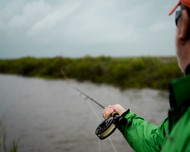How to Choose Your First Fly Fishing Rod
Posted by B. Boyette on Jul 8th 2022
So you’ve decided to take the plunge and start fly-fishing. When buying your first fly rod, it can be a daunting and overwhelming process. This article will hopefully answer some of the questions you might have and help in the decision of which rod to purchase.
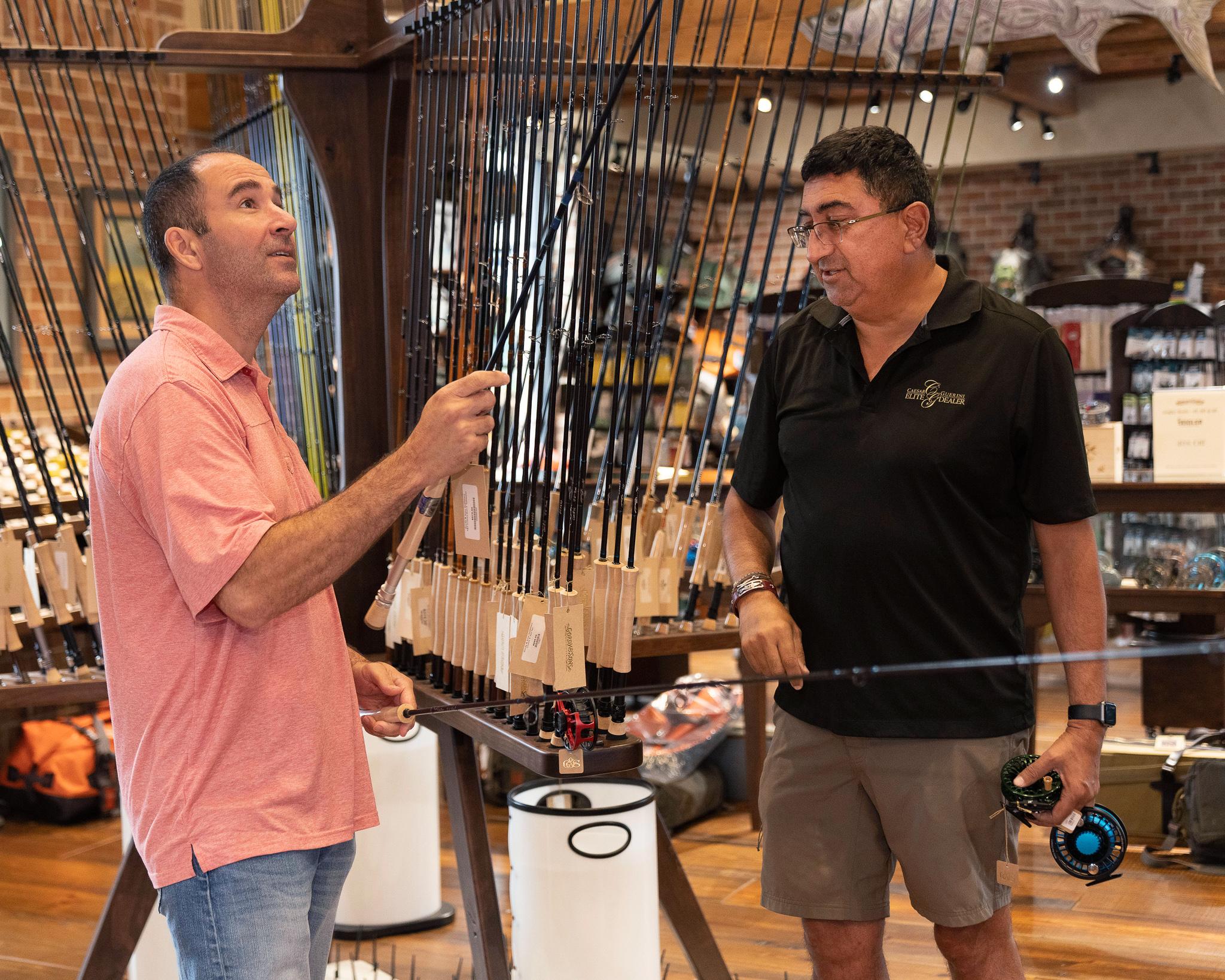
Since this will be your first purchase, let’s first figure out some rod terminology that you may not yet know. Most current rods will have both a line weight and rod length indicated on the rod.
- 908-4
- 1088-4
- 9’ 8wt 4pc.
Those three designations all mean the same thing. That is a 9 foot 8 weight fly rod that breaks down into 4 pieces. The major majority of fly fishing rods sold today will be 4 pieces. You will find some that are 3 piece, or maybe even 2. For the sake of storage and travel, we recommend going with a 4 piece fly rod. The biggest advantage of a 4 piece rod is the packability. 2 or 3 piece 9 foot rods are very difficult to travel with, especially if an airplane is involved. They also take up more room in the closet or garage.
Rods will come in weights from 2 on the light end up to 14 or so on the heavy end. Heck, some companies even build 000wt rods! What the line weight determines has more to do with the size and or weight of a fly that the rod can comfortably cast, and not so much the size of the fish we are after.
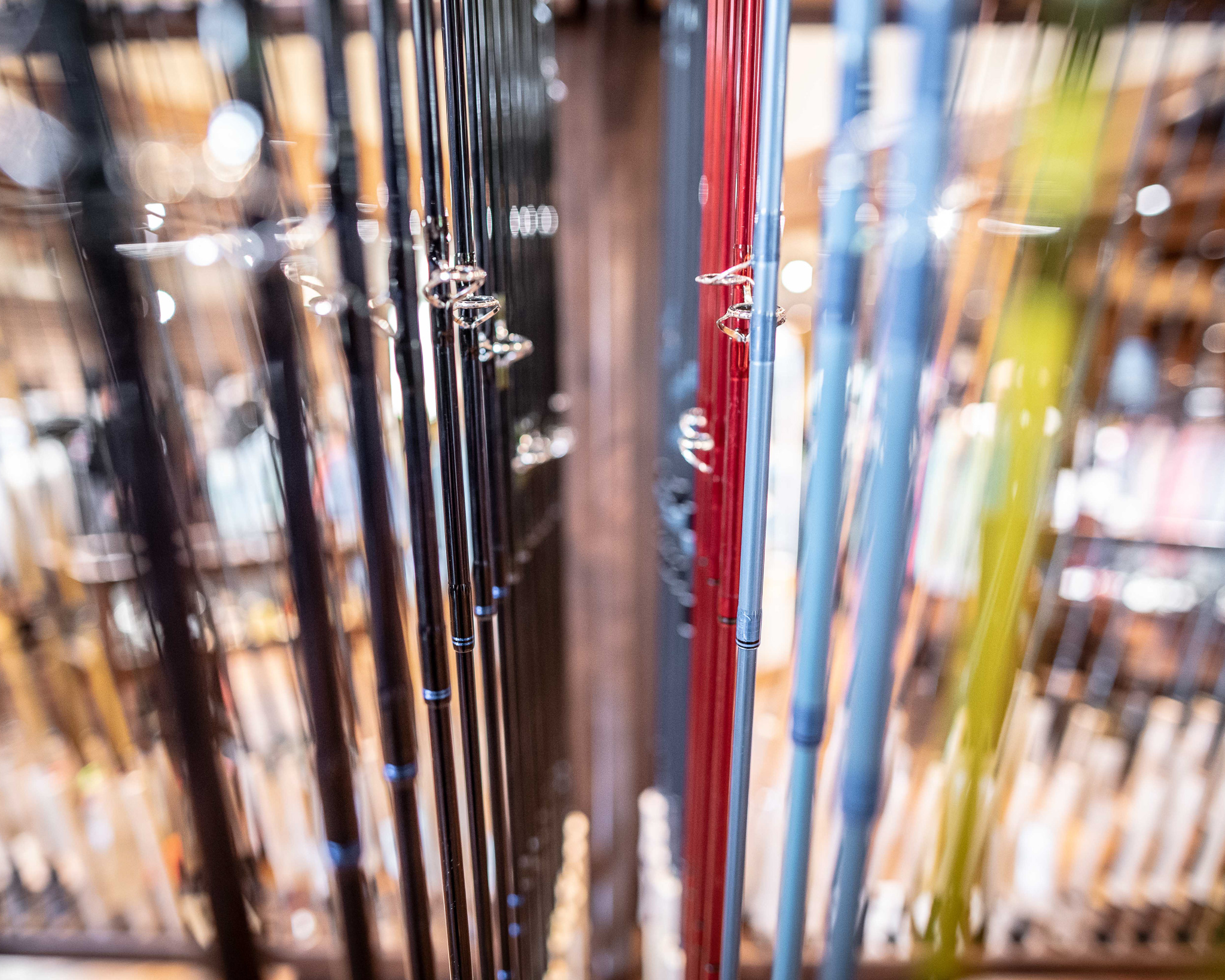
For your first rod, we generally recommend either a 5 or 8 weight. If your target is the Hill Country rivers for the sunfishes and smaller bass, or you go to the mountains to trout fish, we will be looking at 5 weights. If you are going to be fishing more for largemouth bass and saltwater species like redfish, seatrout or bonefish, the 8 weight would best suit your needs.
The “action” of a rod is another term you will read and hear about. Generally, a rod can be described as a fast, medium, or slow action. This is a reference as to where the rod will flex while casting with approximately 30 feet of fly line outside of the tip of the rod. For sake of ease, let’s assume we are using a 9 foot rod. A fast action should flex in the upper third of the rod. A medium in the middle third, and a slow in the bottom third. Just like how the rod is marked, certain manufacturers will have different ways of telling us where the rod will flex.
We’ll talk more about flyline in another article, but as a general rule of thumb, it’s best to match the fly line to the weight of the rod. Put a 5wt fly line on a 5wt rod, and an 8wt fly line on an 8wt rod. There can be exceptions, but this is a good rule to start with.
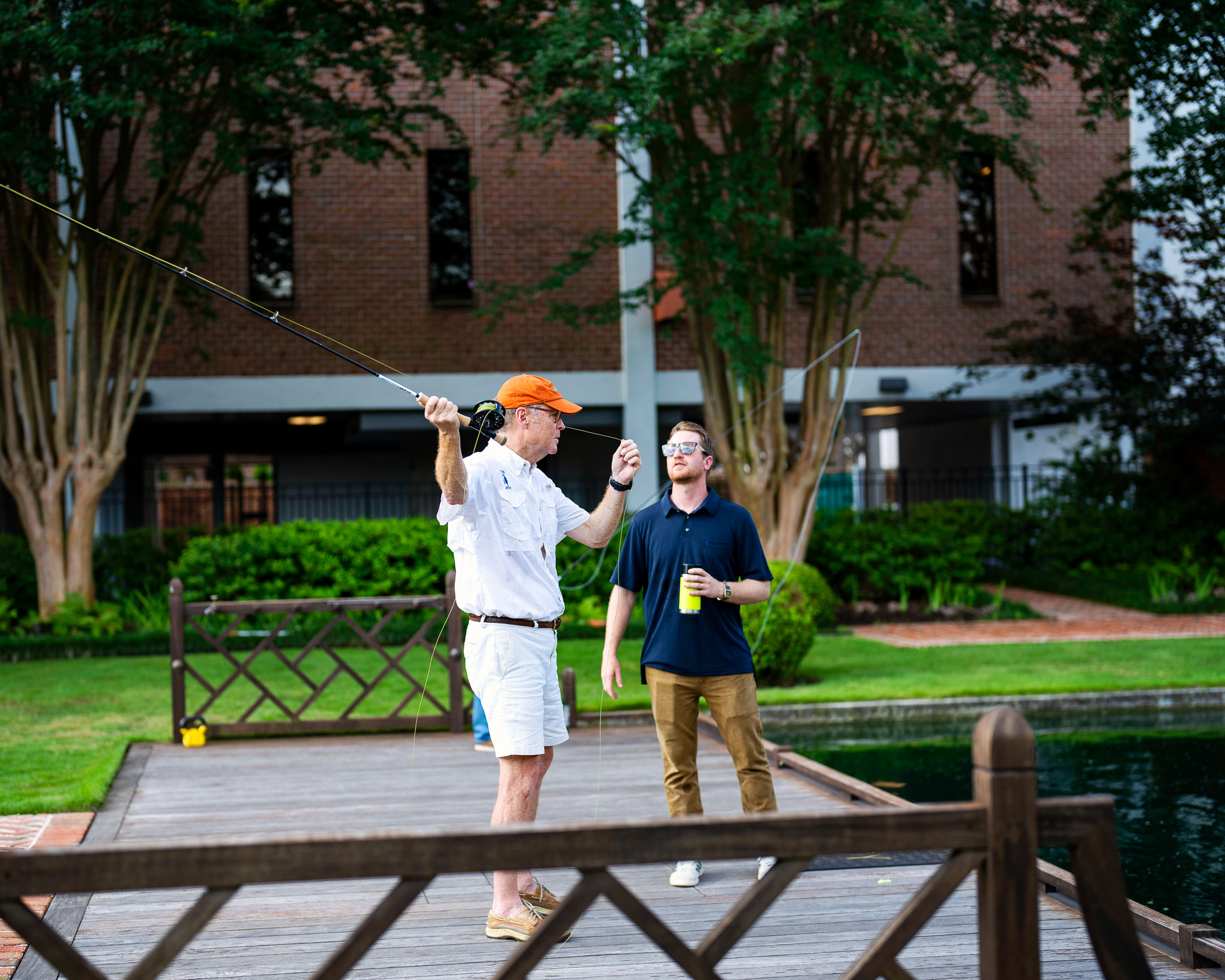
Also, consider whether or not a rod has a “lifetime warranty,” or any type of warranty. Quite a few, if not most of, the rod companies today include a warranty with the rod. Frankly, this is a big reason why fly rods are so expensive! Not all rods include a warranty, so make sure to check this before purchase.
If a rod has a defect that leads to a breakage, most rod companies will fix this free of charge. However, your rod is still covered if you break it due to normal use, neglect, or if you stick it in a ceiling fan. It can be anywhere from $30 to $150 (plus freight) to repair a rod if it goes beyond the scope of a manufacturer’s defect. This isn’t exactly a free service, but it’s better than paying a ton of money for a brand new rod!
It’s also worth noting that most companies require a rod to be registered after purchase to qualify for the lifetime warranty. They also only honor the warranty for the original purchaser of the rod, so beware of the second-hand rod markets!
The last thing worth mentioning is the cost. We have outfits starting at around the $200 mark that include a rod, reel and flyline. We also have rods that alone retail for $1200 and up.
You can spend as much, or as little, as you would like on your fly fishing setup. Like anything, a bigger investment usually yields a superior product. If you are brand new to fly fishing, it may suit you to buy a $200 outfit to see if you fall in love with the sport. You can always upgrade at a later date. If you’ve been fly fishing a few times and are already addicted, you’d do better to invest a bit more in your gear.
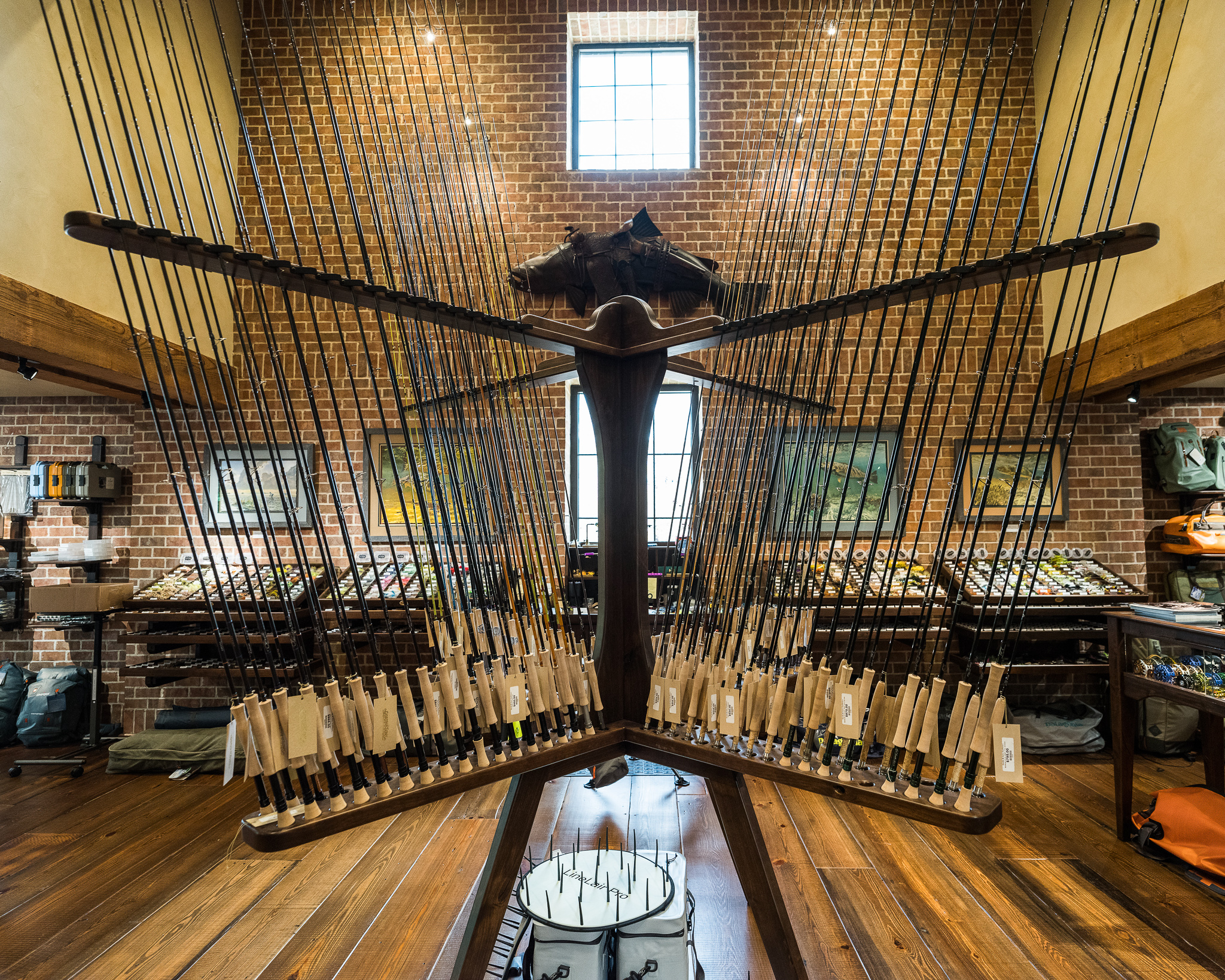
Just because a rod costs more, does not necessarily mean that you will cast it better. This is where casting the rod comes into play. At Gordy and Sons, we welcome and encourage you to cast the rod before making a purchase. We have an 80ft casting pond on site so you can test any rod in the store out without having to cast on grass or concrete.
Hopefully this writeup has answered some questions you may have had about buying your first rod. Note, we’ve purposefully not mentioned any specific brands. A large part of this is personal preference and casting style. You may cast a specific rod from one brand better than you do another. Talking with our experienced sales staff and/or casting different rods will tell you a lot more about them than most of the readable literature.
-Lester Lehmen
